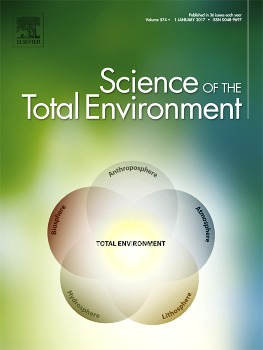Carbonaceous aerosol sampling of gasoline direct injection engine exhaust with an integrated organic gas and particle sampler
Positive and negative artifacts of particle-phase organic carbon (p-OC) and the polycyclic aromatic hydrocarbons (PAHs) in gasoline direct injection (GDI) engine exhaust particulate matter (PM) were assessed using an integrated organic gas and particle sampler (IOGAPS). Three configurations (denuder + sorbent impregnated filters (SIFs), upstream Zefluor filter + denuder + SIFs, and standard filter pack + SIFs) were used to collect GDI exhaust samples at cold start and highway cruise operating conditions with no aftertreatment. Approximately 35% of the measured GDI p-OC was attributed to positive artifacts; negative artifacts were not detectable due to low overall SVOC concentrations. GDI engine exhaust PAH concentrations were approximately 10 times higher during cold start than highway cruise. At highway cruise, pyrene and fluoranthene were the dominant PAHs in the undenuded filter pack; downstream of the denuder benzo(a)anthracene was the dominant PAH. From a comparison of our findings to published PAH emission factors we estimate that three-way catalyst conversion efficiencies of PAHs were approximately 80% for 3 of the 15 PAHs measured during highway cruise operation. These conversion efficiencies may be considerably lower during cold start operation when the three-way catalyst has not reached its operating temperature. Our previous work showed that adverse biological responses to GDI engine exhaust exposure may be dominated by the particle phase when measured downstream of a Teflon filter. Understanding the partitioning characteristics of PAHs may help elucidate specific PAHs contributing to this effect.



Leave a Reply